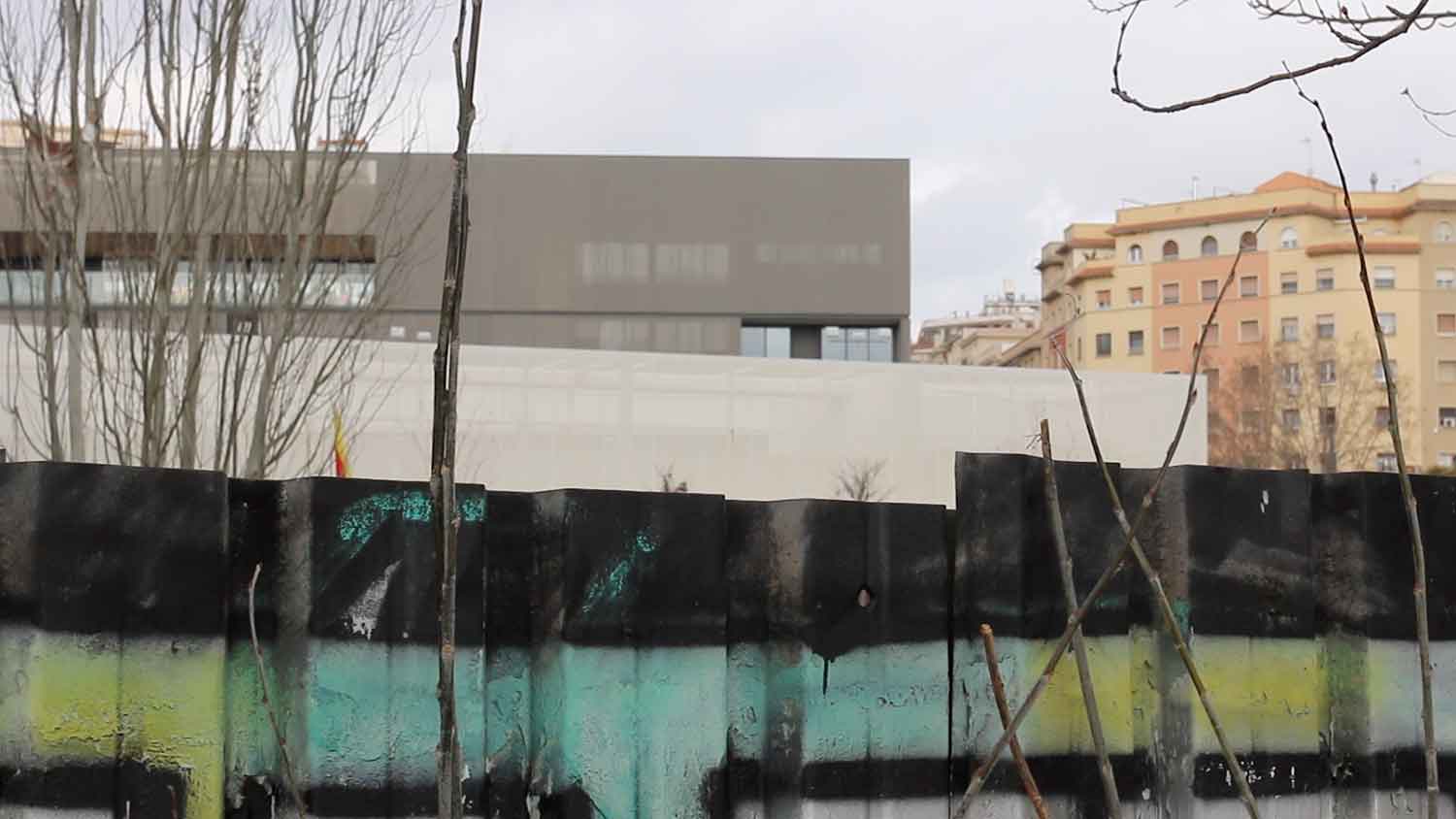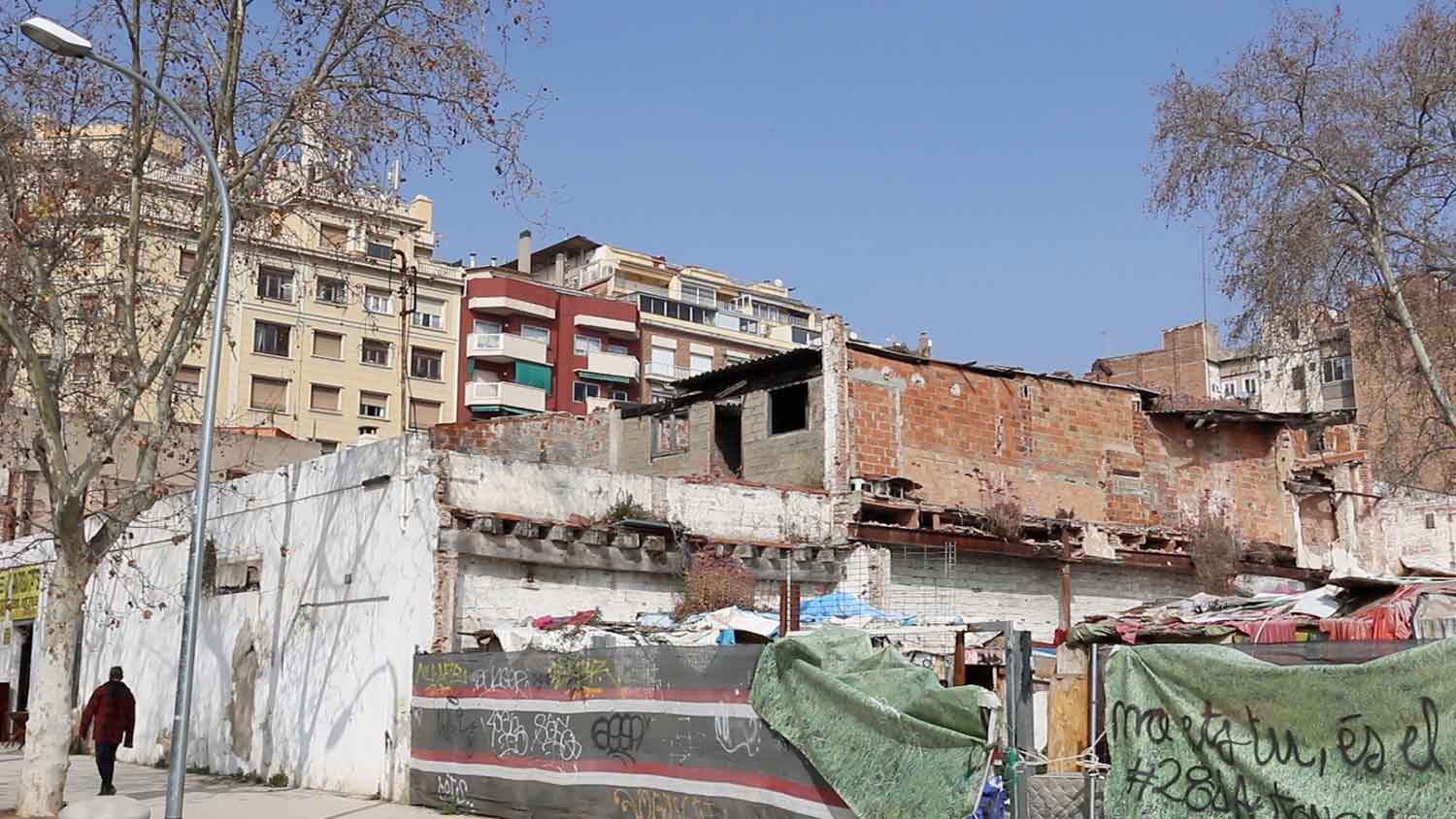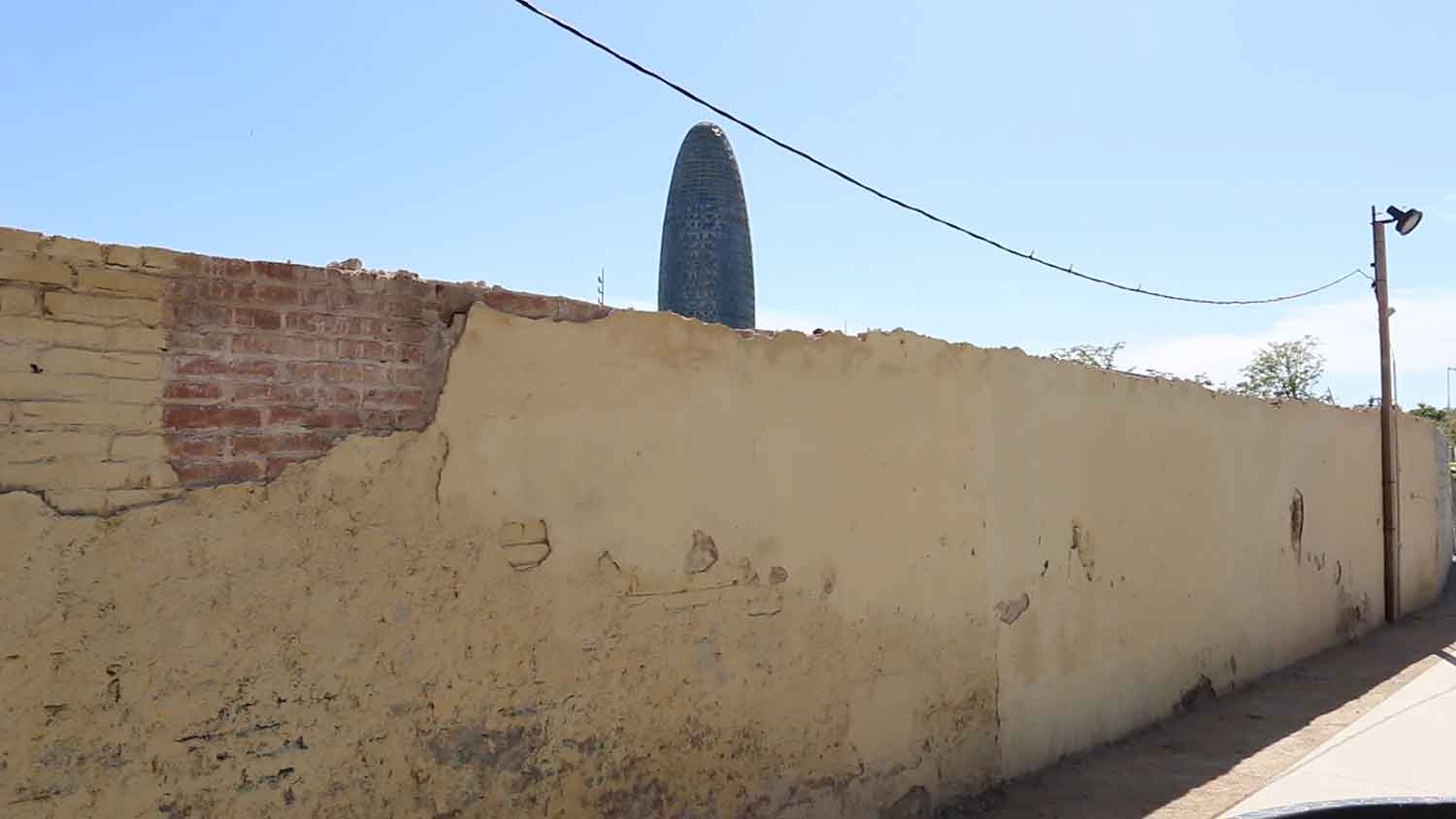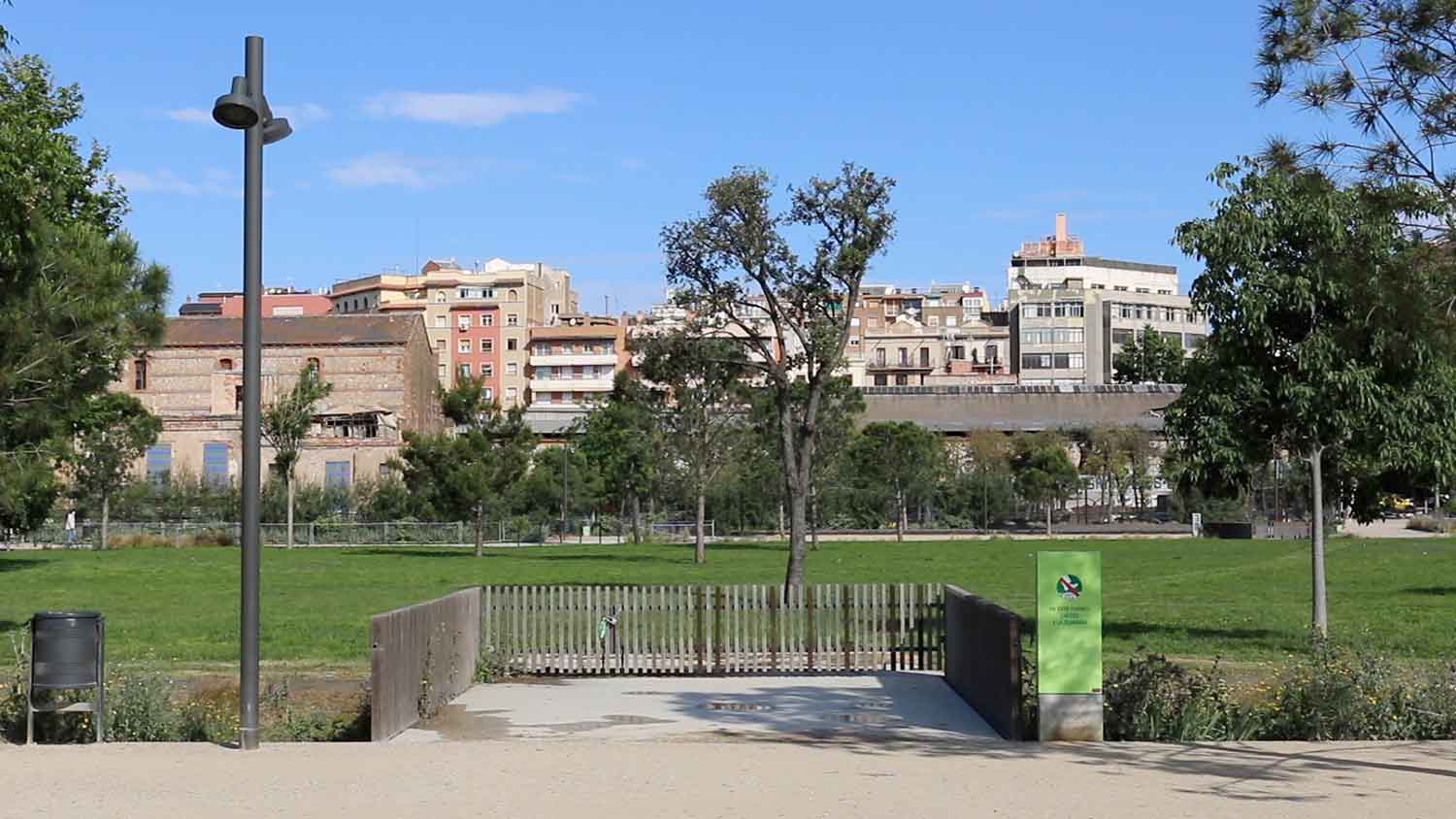





‘I mean the important distinction between the environment of the living system as it appears to an observer and without reference to the autonomous unit — which we shall call hereafter simply the environment — and the environment for the system which is defined in the same movement that gave rise to its identity and that only exist in that mutual definition — hereinafter the system’s world. The difference between environment and world is the surplus of signification which haunts the understanding of the living and of cognition.’
(Francisco Varela, Organism: a Meshwork of Selfless Selves, 1991)
This project is a first realization of a framework: dispositives for very slow aesthetic observation. The ultimate aim of this framework is to disclose new intelligibilities of the environments approached through dispositives, that is, to enable new, unforeseen phenomenal presences to appear, to destabilize sedimented forms and meanings in order to allow for not-yet-constituted appearances of the flow of sense-making that manifest as a specific environment to come to be. This final, although always temporary, goal is pursued through the realization of systemically organized sets of artifacts in different media (disposifs, apparatuses) endowed with the agency of inducing a certain kind of action and therefore a specific variety of interaction with the researched environment. I qualify this kind of (inter)action as ‘aesthetic’. This modality of engaging with surroundings is characterized, basically, by the primacy of sensorimotor and emotional skills and a minimization of target-oriented and will-based routines. The potentiation of an organism’s most fundamental connective capabilities leads spontaneously to realizing the relationship between organism and surroundings as a non-hierarchical field of shared agencies. This restructuring of the set of enabling conditions for the emergence of an environment provides conditions of possibility for its radical phenomenal transformation. The highly porous, sensitive body – the finely receptive organism – is able to observe this process. Co-constitution and observation merge intimately in the aesthetic action. In this sense, dispositives for very slow observation are means and media for aesthetic research.
The architecturally-conditioned environment at the focus of this project is part of Glòries Square in the Eixample District of Barcelona. More specifically, what is brought into focus is the co-existence of different historic layers of construction.
This dispositive for very slow aesthetic observation is realized as an exposition in a Research Catalogue. Please access it by following this link.
This is a work in progress: new videos will be recorded and organized in new modules of the dispositive; new parts of the distributed exploratory essay will be written; and, most importantly, the Glòries Square will be re-visited again and again. If you would like to participate in this process, please contact me: info@alex-arteaga.net.
Alex Arteaga is an artist researcher who combines and hybridizes aesthetic, phenomenological and enactivist research practices through an inquiry into embodiments, environments and aesthetic cognition. He studied music theory, piano, electronic music, composition and architecture in Barcelona and Berlin and received a PhD in philosophy at the Humboldt University Berlin for his dissertation Sensuous Framing: Fundamentals of a Strategy to Realize Conditions of Perception. He was post-doc research fellow at the Collegium for the Advanced Study of Picture Act and Embodiment (Humboldt University Berlin) and one of the principal investigators in the research project Visual and Auditory Perceptual Apparatus for the Evaluation of City Development in Agglomerations (Zurich University of the Arts). He has been Visiting Professor in different universities such as the University of the Arts Helsinki and the Berlin University of the Arts, curator of the Research Center at a.pass (Brussels), senior researcher at KASK School of Art HOGENT in the framework of the research project Distraction as Discipline and member of the editorial board of the Journal for Artistic Research. Alex Arteaga develops long-term artistic research projects such as Architecture of Embodiment (www.architecture-embodiment.org) or Contingent Agencies (www.contingentagencies.net).
I denominate all my research practices ‘practices of very slow observation’ – practices that provide conditions for destabilizing perception instead of something to perceive. I develop my concept of ‘aesthetics’, and more particularly of ‘aesthetic action’ and ‘aesthetic research,’ as a specification of the concept of cognition as outlined in the enactivist approach. My main references in this regard are the work Francisco Varela and Evan Thompson but I refer as well, among others, to the work of Shaun Gallagher, Thomas Fuchs, Alva Noë and Ezequiel di Paolo. On this basis, my concept of observation draws upon the phenomenological tradition with special reference to Edmund Husserl and, principally, Maurice Merleau-Ponty. I address the concept of practice from a systemic perspective. I understand a practice as a systemic set of actions – aesthetic actions, in the case of aesthetic research practices – realized in specific media, that enable reiterative, although varied, performances that constitute the core of subject-matter specific methodologies understood as ‘ecologies of practices.’
In the project presented here, I combine practices in three media: ‘exploratory essay writing’ (in the media of language), video recording and re-framing (in the media of recorded moving images) and the practice of configuring a dispositive (in the media of the research catalogue).
For a display, description and clarification of my practices, see: https://www.researchcatalogue.net/view/740194/862241 and https://www.researchcatalogue.net/view/835089/1019928/1538.
Among the many artist researchers that have enabled me to realize my work I would like to name three here:
Firstly, Emma Cocker whose exploration of spaces of not-knowing, aesthetic precision and perseverant coherence are a constant reference in my work. See No Telos! and the first publication of the SAR-Special Interest Group Language-Based Artistic Research.
Secondly, two film makers that fundamentally influence my approach to this medium: See Heinz Emigholz, whose film, among many others, Goff in the Desert changed my way of looking at architecture (see: https://mubi.com/cast/heinz-emigholz); and James Benning, whose film Thirteen Lakes has been a key stone of my visual thinking (see: https://mubi.com/cast/james-benning). I considered both artists – artist researchers in my opinion – to be masters of the practice of framing.






































































